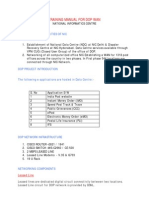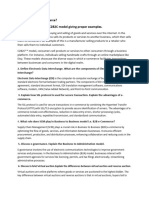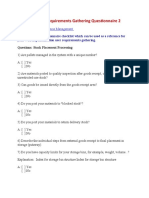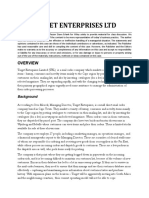0% found this document useful (0 votes)
225 views14 pagesOSI (Open Systems Interconnection) Model
The Open Systems Interconnection Model (OSI) is a conceptual model that characterizes and standardizes the internal functions of a communication system by partitioning it into abstraction layers. The OSI Model is a conceptual, seven-layered model of how networks work. It tells us that how data is going through one computer to another computer, and also it simplifies to troubleshoot the network issues.
Uploaded by
Eincop Netwax LabCopyright
© © All Rights Reserved
We take content rights seriously. If you suspect this is your content, claim it here.
Available Formats
Download as PDF, TXT or read online on Scribd
0% found this document useful (0 votes)
225 views14 pagesOSI (Open Systems Interconnection) Model
The Open Systems Interconnection Model (OSI) is a conceptual model that characterizes and standardizes the internal functions of a communication system by partitioning it into abstraction layers. The OSI Model is a conceptual, seven-layered model of how networks work. It tells us that how data is going through one computer to another computer, and also it simplifies to troubleshoot the network issues.
Uploaded by
Eincop Netwax LabCopyright
© © All Rights Reserved
We take content rights seriously. If you suspect this is your content, claim it here.
Available Formats
Download as PDF, TXT or read online on Scribd
/ 14





























